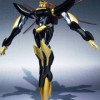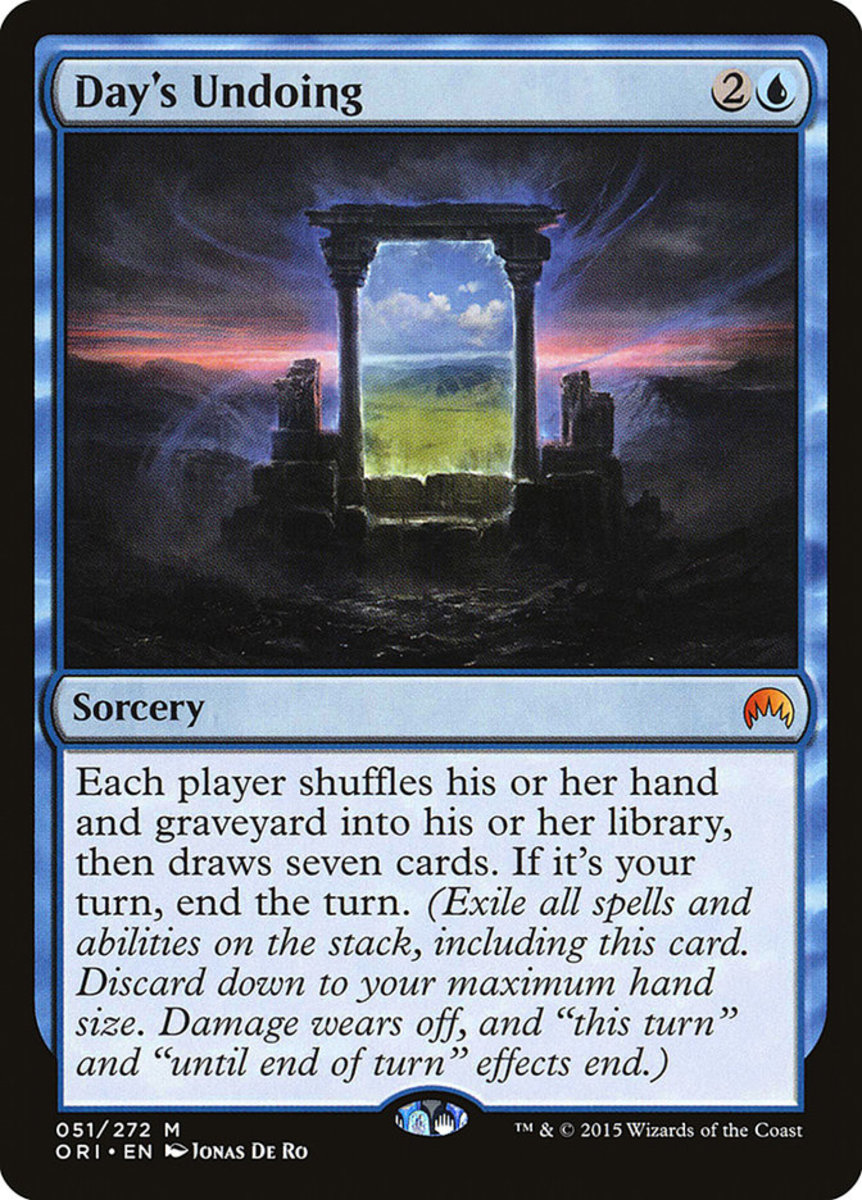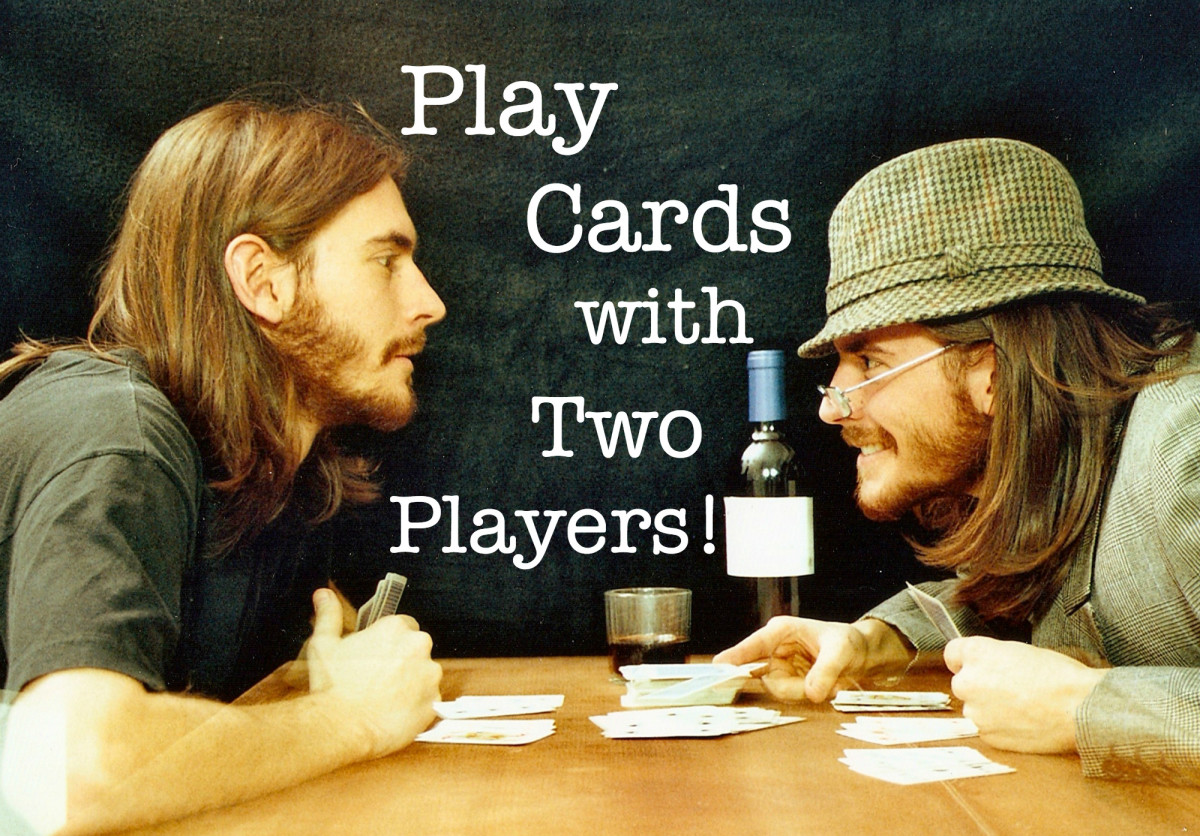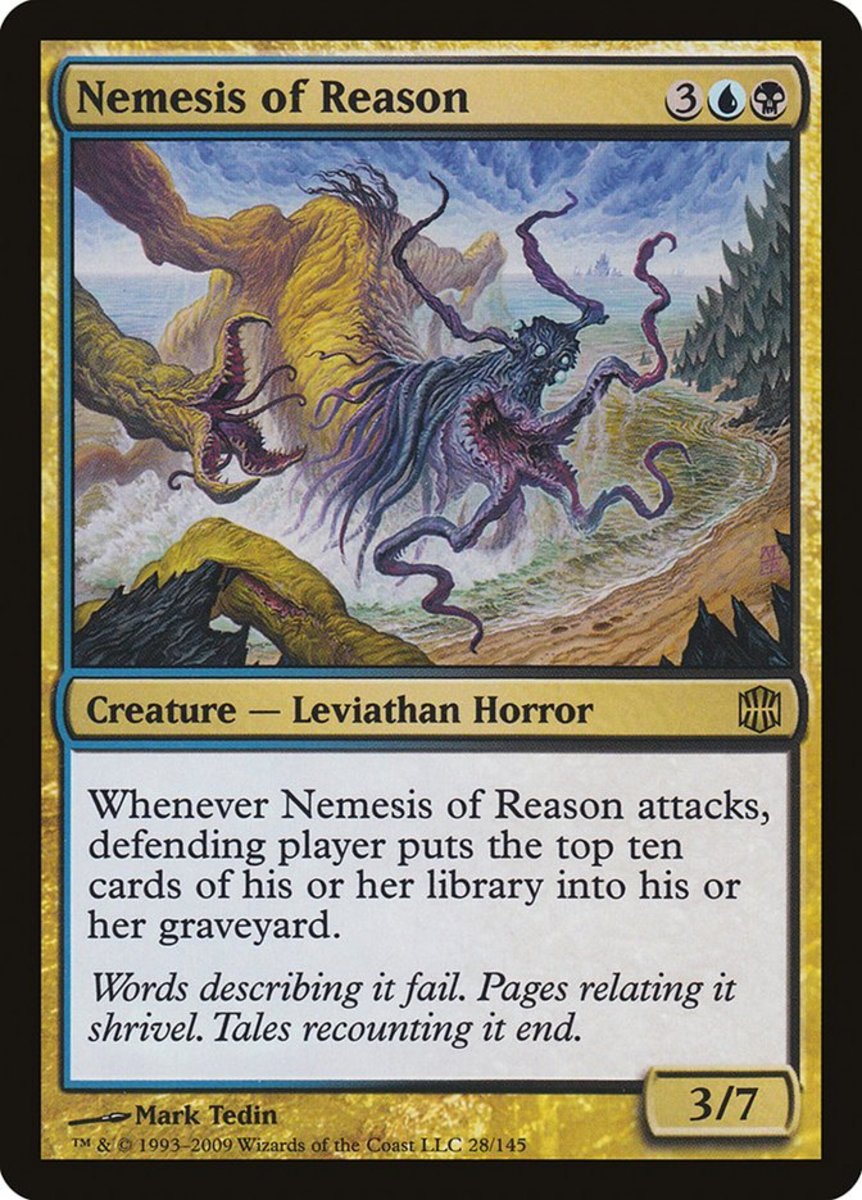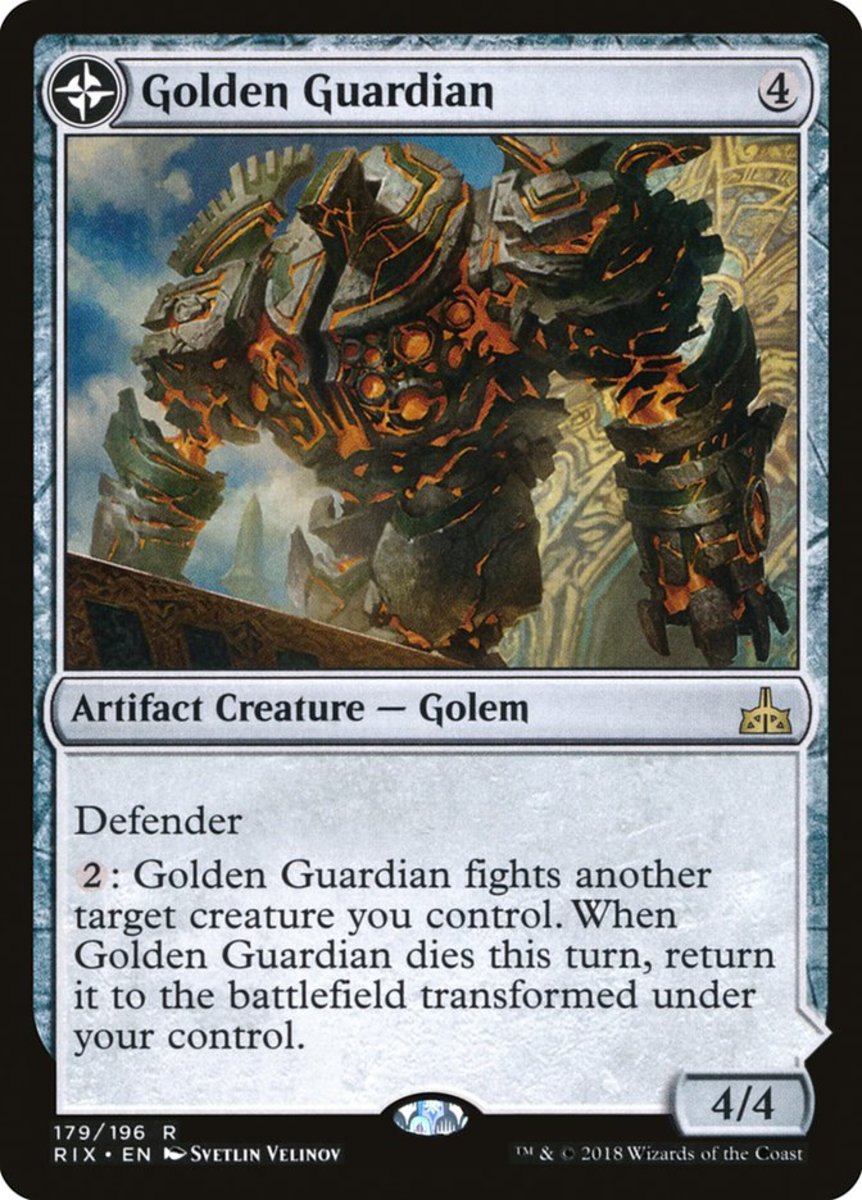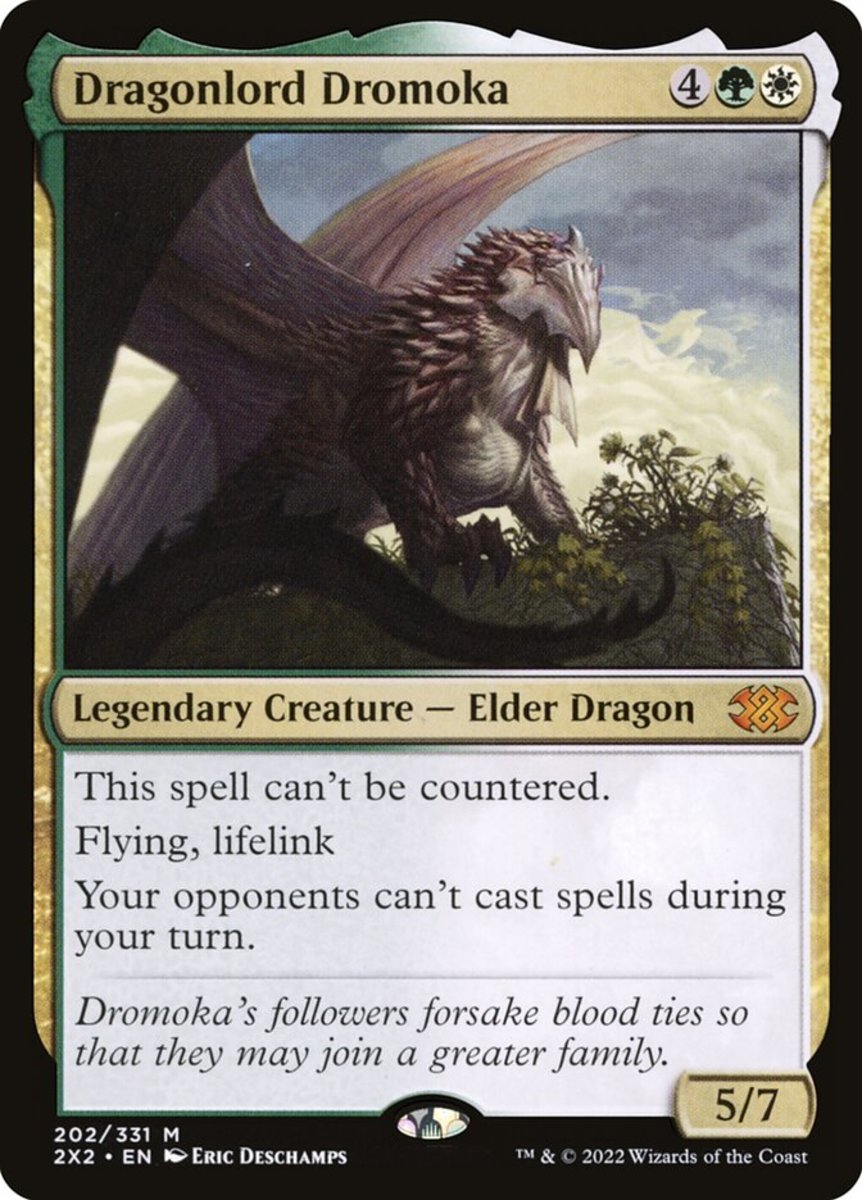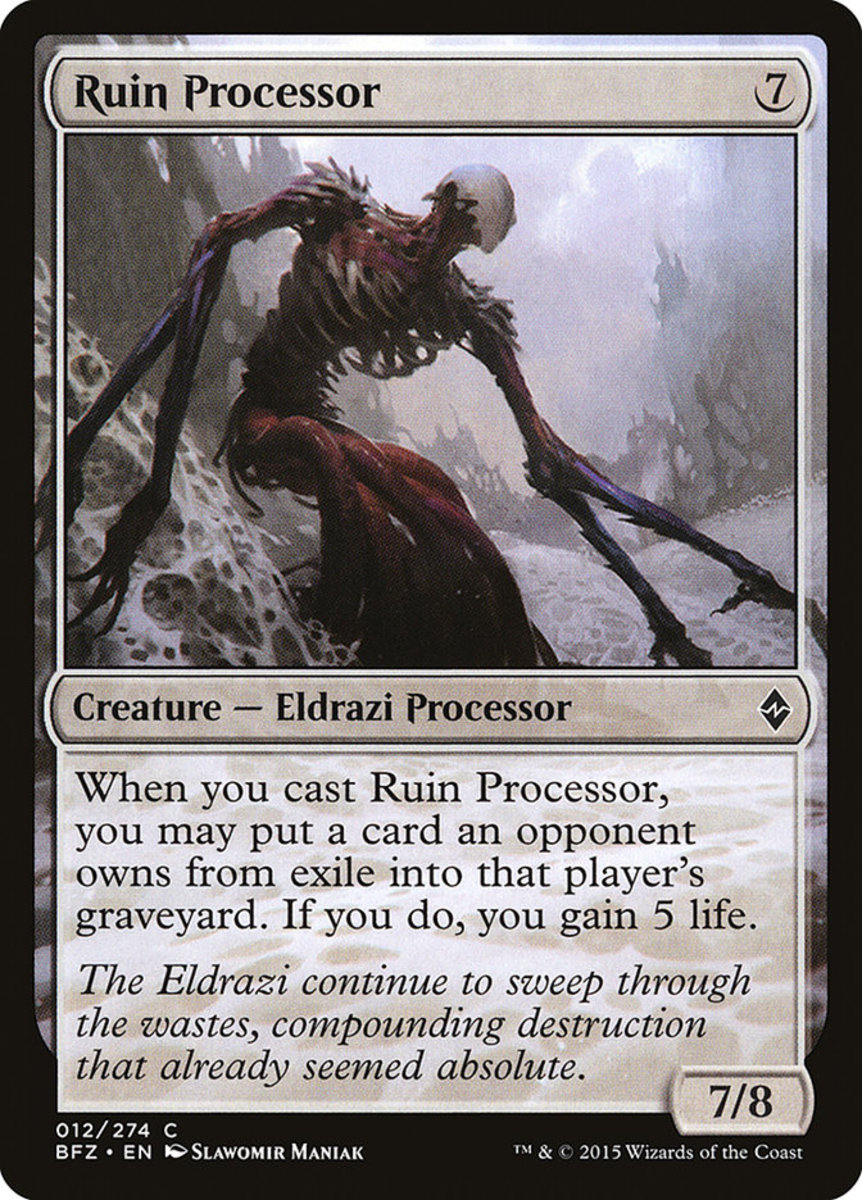Cardfight!! Vanguard: How to Play Part 1
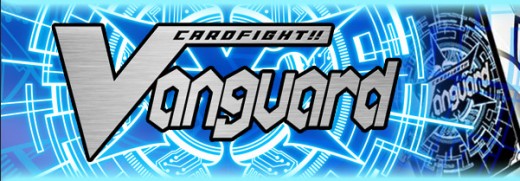
The Decks
Cardfight!! Vanguard:
Please note that I will use specific terms in order to help explain the game. If I don’t explain the term right off the bat I will do so later on when that term comes into play during the actual course of game play.
Cardfight!! Vanguard is a two-player card game that is easy to start and is very fun to play once you get into it. To start with each player needs a main deck with exactly 50 cards in it. Players can also have a special side deck with up to 16 cards. Now among the cards within both those decks you may only use up to 4 copies of same name cards. The cards in this game are known as units. In the main deck the units are divided into 1 of 4 grade classes of 0,1, 2, or 3. To determine which grade a unit is all you have to do is look at the top left corner of each card. Each grade has an ability, which is needed for the advancement of the game. The side deck contains 2 special kinds of units known as the G-Unit and G-Guardian. These units are special and can only be used under certain conditions, which will be explained later on.
Grade 0 & Trigger Video Tutorial
Grade 0 & Triggers
The grade 0 units initiate the start of each game and are generally the trigger units. In order to tell if the grade 0 unit is a trigger unit just check the top right corner of the card, if there is an icon there then that unit is a trigger if not it is a plain grade 0 unit.
There are four different types of triggers on the grade 0 units. They are the Heal, Draw, Stand, & Critical triggers. These triggers have a variety of effects when revealed during the Drive Check or the Damage Check, but they all have the common effect of giving plus 5,000 power to a unit of the player's choice.
Now the Heal trigger allows the player to recover damage if their damage is equal to or greater than their opponent's damage. Next is the Draw trigger, which as the name may suggest allows the player to draw a card from their deck. The Stand trigger allows a unit at rest to go back into the stand position, this trigger ability of course is really only helpful on the players turn when they do their drive check. Finally, the Critical trigger allows the player to deal an extra damage to their opponent if their attack is successful. This trigger ability is also only helpful on the players turn.
The last thing to note about the Grade 0 units & triggers is that they have the boost ability while on the field.
Tutorial Poll
The Trigger Tutorial was
Ability Symbol Video Tutorial 1
Grade 1 & 2
After Grade 0 naturally comes Grade 1 and this Grade is the main support of all deck types. Grade 1’s ability is called boost. This ability allows units who have it to give their attack power to the unit in front of them, which allows for a stronger attack. It is the only ability shared between two grades, the grades being Grade 0 and Grade 1. However Grade 1s are the ones who fulfill the use of this ability more because of 2 reasons. The first being that they have more attack strength to give for boosting and the second is that the Grade 0 are the triggers and they are used in guarding since they have a shield of 10,000 while Grade 1s only have 5,000.
Next up is Grade 2 and they have the intercept ability. The Intercept ability’s key focus is taking a Grade 2 rearguard you have in the front row and adding it to your defense while guarding.
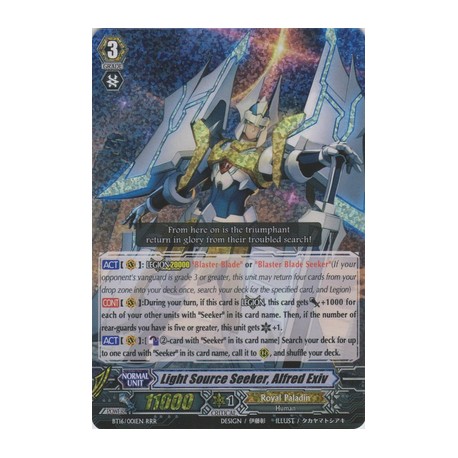
Grade 3
Finally, the last unit grade in your main deck is the Grade 3 units. Grade 3 is the main focus of the deck for several key reasons. First is that within the main deck these units will be the ones with the strongest attacking power. Next is that these units have the Twin Drive ability, which allows a player to Drive Check during their attack twice, instead of the usual once for Grade 1 and Grade 2 units. Another reason is that some Grade 3 units have the Legion skill, which powers up the unit by calling a Grade 2 or Legion-mate to the Vanguard circle, thereby allowing the use of all different kinds of skills. Finally, the last reason is that they are the key to fulfilling the requirements necessary to unlock the cards in the side deck or G-Zone.
It is for those reasons that when you start building your deck you choose what Grade 3’s you want to use in your deck. By starting of selecting what Grade 3 units you want it shows an outline for the kind of units you want in regards to your Grade 2, 1 & 0 units. For example my choice of Grade 3 is the Royal Paladin Light Source Seeker, Alfred Exiv, as shown in the above picture. This unit’s skills require other units with seeker in their name. However if I first built a deck of Grade 0, 1 and 2 units, which don’t have seeker in their card name my Grade 3 Alfred won’t be able to use his skills, therefore hindering you during gameplay.
Tutorial Poll
The Ability Symbol Tutorial was
Main Deck Structure
Finally, comes the main deck’s overall build guideline for legal game play. While constructing your deck of 50 cards 16 have to be Grade 0 trigger units. Then out of those 16 triggers only 4 may have the Heal trigger symbol. There is also the limit that says you may only have 4 units with the same name within either of your decks. That being said there really are no other restrictive guidelines for building your deck, making the combinations endless.
My personal recommendations however start with all players including a 17th Grade 0 unit in their decks so as not to use up a trigger unit as the starting Vanguard. After that I suggest your deck follow a build of 14 Grade 1 units, 12 Grade 2 units, & 7 Grade 3 units. With that combination of cards, I believe, you will have a balanced deck for game play.
The last thing any new player needs to learn is that every deck should consist of only 1 clan. That concludes the basics for how each deck is generally put together as you gain knowledge of the game and the clans you will find specific units that work well together or that you personally prefer.
G-Unit & G-Guardian
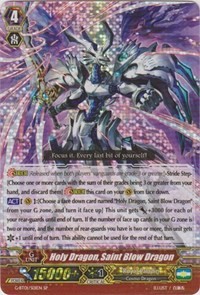
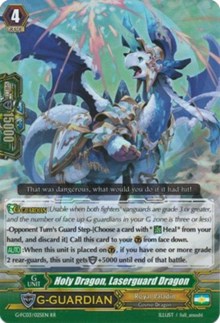
Side Deck (G-Deck)
The side deck is a small set of cards that placed in your G-Zone on the game mat & consists of only 2 types of cards, The G-Units & The G-Guardians. G-decks only really have 2 regulations which are that you can't have more than 16 cards in it and no more than 4 copies of cards with the same name. Besides that there are really has no limit for combinations, you could have 15 G-Units & 1 G-Guardian, 15 G-Guardian & 1 G-Unit, etc. There are two things to remember with this deck, first is that all cards must remain face down until you decide to use a select card. Second is that specific criteria must be met in order to use any card within the G-deck.
Now the G-Units are cards that you can only have on the field during your turn. They have the distinction of being Grade 4 and having the grade ability Triple Drive. This ability as you may have guessed lets you Drive Check three times. After you use a G-Unit it goes back to the G-Deck except it needs to be face up signifying that that specific card can not be used again in that game, this does not apply to other cards of the same name you may still have face down.
Finally, the G-Guardians are the opposite of G-Units as they can only be used during your opponents turn and their focus is on adding to the defense of your Guard. G-Guardians as with the G-Units go back to the G-Deck face up when they are done guarding also to show that that particular G-Guardian can't be used again during that specific game, this also does not apply to other cards of the same name you may still have face down.
The above explanations were ____ to understand
Cardfight!! Vanguard Deck Facts
- The main deck has to be exactly 50 cards
- The side deck can have up to 16 cards
- No more than 4 copies of same named cards may be used in either deck
- The main deck has to have 16 Grade 0 Trigger Units
- Only 4 Heal Triggers may be used
Available Trial Decks & Where to Get
The following list are of what trial decks that have been released here in the United States and each trial deck is based around 1 specific clan. So no matter which trial deck you decide to choose they will all contain a play mat & rule book.
Trial Deck 1: Blaster Blade – Royal Paladin
Trial Deck 2: Dragonic Overlord – Kagero
Trial Deck 3: Golden Mechanical Soldier – Nova Grappler
Trial Deck 4: Maiden Princess of the Cherry Blossoms – Oracle Think Tank
Trial Deck 5: Slash of Silver Wolf – Gold Paladin
Trial Deck 6: Resonance of Thunder – Narukami
Trial Deck 7: Descendants of the Marine Emperor – Aqua Force
Trial Deck 8: Liberator of the Sanctuary – Gold Paladin
Trial Deck 9: Eradicator of the Empire – Narukami
Trial Deck 10: Purgatory Revenger – Shadow Paladin
Trial Deck 11: Star-Vader Invasion – Link Joker
Trial Deck 12: Dimensional Brave Kaiser – Dimension Police
Trial Deck 13: Successor of The Sacred Regalia – Genesis
Trial Deck 14: Seeker of Hope – Royal Paladin
Trial Deck 16: Divine Judgment of The Bluish Flames – Gold Paladin
Trial Deck 17: Will of The Locked Dragon – Link Joker
Next come the G-Trial Decks which start containing cards meant for the side deck
G Trial Deck 1: Awakening of The Interdimensional Dragon – Gear Chronicle
G Trial Deck 2: Divine Swordsman of the Shiny Star – Royal Paladin
G Trial Deck 3: Flower Maiden of Purity – Neo Nectar
G Trial Deck 4: Blue Cavalry of The Divine Marine Spirits – Aqua Force
G Trial Deck 5: Fateful Star Messiah – Link Joker
G Trial Deck 6: Rallying Call of The Interspectral Dragon – Gear Chronicle
G Trial Deck 7: Illusionist of The Crescent Moon – Pale Moon
G Trial Deck 8: Vampire Princess of The Nether Hour – Granblue
This list of decks does not cover all the available clans that can be used some others include Narukami, Dark Irregulars, Tachikaze, etc.
Also since this game is still growing in the United States there aren’t many retail locations that sell the cards, so you would need a collectible card specialty store such as Alter Reality (http://www.alterealitygames.com/) or Kidforce Collectibles (http://www.kidforcepinball.com/).
Vanguard Quiz
view quiz statistics- CARDFIGHT!! VANGUARD
Cardfight!! Vanguard English Edition News - Cardfight!! Vanguard Wiki
Cardfight!! Vanguard Wiki is a community site that anyone can contribute to. Discover, share and add your knowledge!
